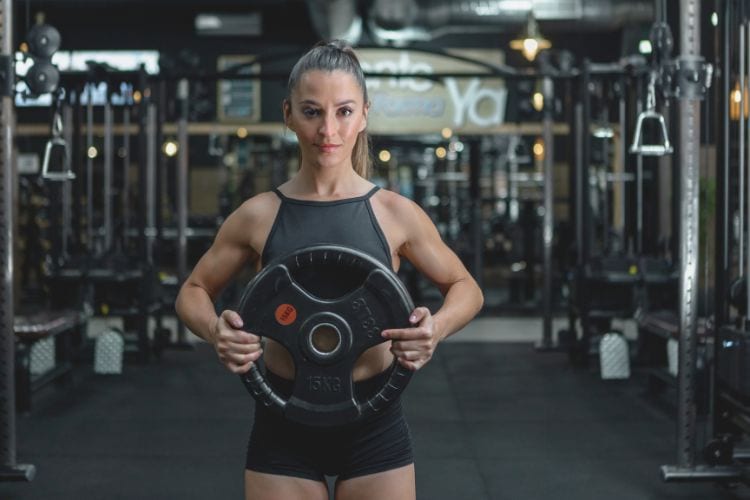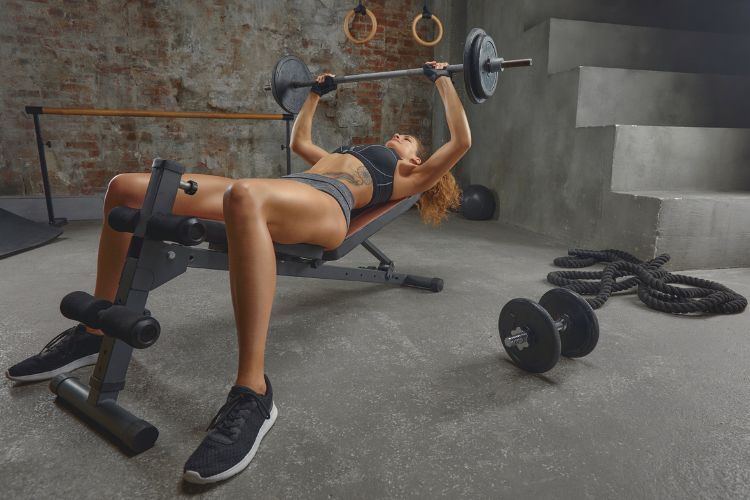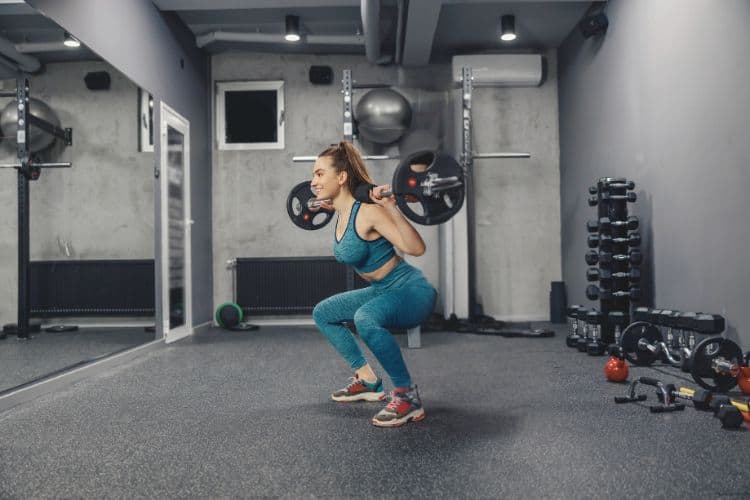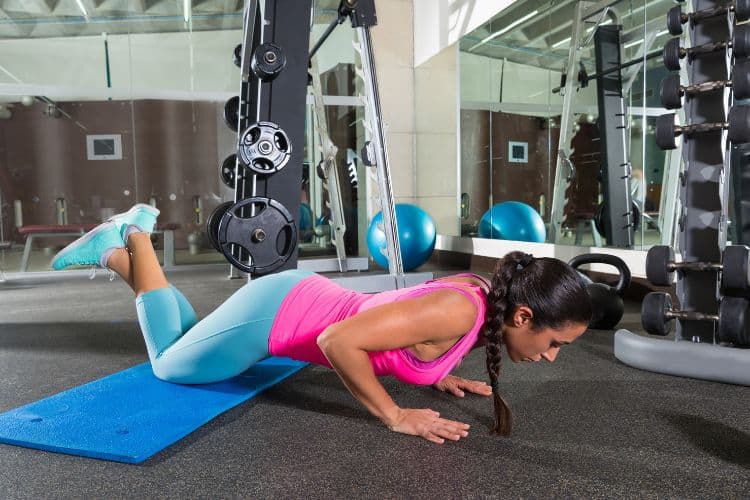Sign up for workout ideas, training advice, reviews of the latest gear and more.






Starting your fitness journey can feel overwhelming, especially when it comes to deciding how to structure your workouts. One of the most effective strategies for consistent progress is following a beginners workout split — a method that organizes exercises by muscle groups or movement patterns across the week.
If you’re a beginner, understanding the best workout splits can help you build strength, improve endurance, and prevent injury. In this complete guide, we’ll break down beginner-friendly workout splits, how to choose the right one for you, and tips to maximize your results.
A workout split divides your training into specific days focused on particular muscles or types of exercises. Instead of working your entire body every session, you target certain areas more intensely while allowing others to rest and recover.
Splitting your workouts helps in:
For beginners, the key is choosing a workout split that builds a strong foundation without overwhelming your body.
Beginners often think they need to work out every muscle, every day. While enthusiasm is great, overtraining can lead to burnout, fatigue, and injuries. A smart workout split helps beginners:
The right split should feel challenging but sustainable, leaving you energized rather than drained.
Let’s explore the most effective workout splits for those just getting started. We’ll cover how often to train, what to focus on, and sample weekly schedules.
Best for: Absolute beginners, people with limited time, and anyone building basic strength.
A full-body split means you train your entire body in one session, three non-consecutive days per week (e.g., Monday, Wednesday, Friday). Each workout typically includes a push, pull, lower body, and core exercise.
Best for: Beginners ready for a slightly higher volume and faster results.
This split separates your workouts into upper body and lower body sessions, allowing you to train four times per week. It’s an excellent way to increase intensity while giving muscle groups enough rest.
Best for: Beginners who want flexibility and enjoy working out multiple times per week.
Push/Pull/Legs (PPL) divides exercises based on movement patterns:
You can do this split three times per week (one cycle) or six times per week (two cycles), depending on your goals and availability.
Not every beginner will thrive on the same split. Here are some factors to consider:
Be realistic about how many days you can commit to the gym or home workouts.
Consistency matters more than the number of sessions.
Are you aiming to lose fat, build muscle, or improve endurance?
Beginners generally need more rest. Listen to your body:
Home workouts, minimal equipment, or full gym access all influence your split.
Following a split is a fantastic start, but small adjustments will supercharge your progress.
Exercises like squats, deadlifts, bench presses, and rows train multiple muscle groups and build strength efficiently.
Gradually increase weights, reps, or difficulty to continually challenge your muscles. Even a 5% weekly improvement leads to massive long-term gains.
Perfect technique now prevents injuries later. Watch tutorials, hire a coach if needed, and never sacrifice form for heavier weights.
Muscles grow and repair during rest — not during workouts. Treat rest days as important as training days.
Missing occasional workouts is fine, but aim for 85-90% consistency. Progress is built on repetition and patience.
Avoid these pitfalls to stay on track:
More isn’t always better. Stick to your planned number of sets and reps. Build volume gradually.
If you’re constantly sore or fatigued, you’re likely under-recovering. Sleep, nutrition, and hydration are as important as the workouts themselves.
Always spend 5-10 minutes preparing your muscles and joints before lifting. Dynamic stretching, light cardio, and mobility drills are your best friends.
Stick to basics initially. Fancy Instagram workouts may look cool but aren’t necessary for beginners.
Focus on your journey. Everyone progresses at their own pace.
Here’s a quick cheat sheet based on your schedule and goals.
Choosing the right workout split for beginners isn’t about complexity — it’s about creating a sustainable, progressive path toward your goals. Whether you choose a full-body, upper/lower, or push/pull/legs split, what matters most is consistency, progressive overload, and smart recovery.
Start simple, stay consistent, and celebrate small wins. Over time, your beginner split will lay the groundwork for strength, confidence, and lifelong fitness success.
Stay up to date on the latest women’s health, fitness and lifestyle trends and tips.